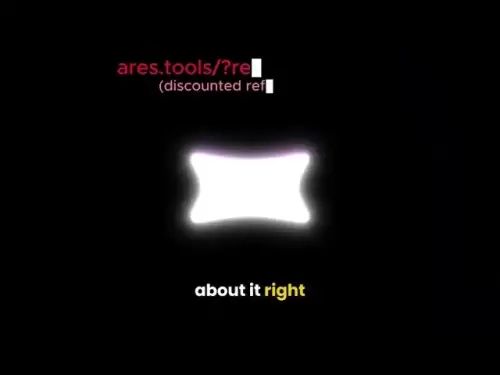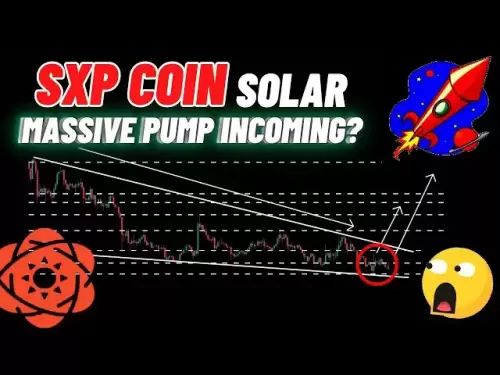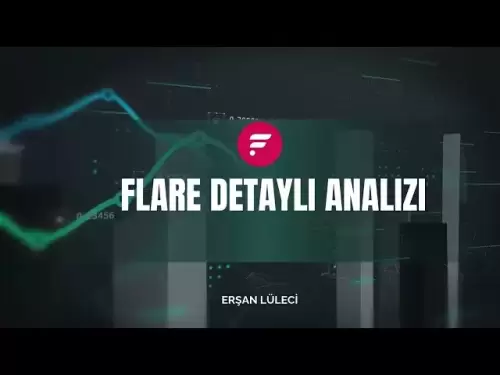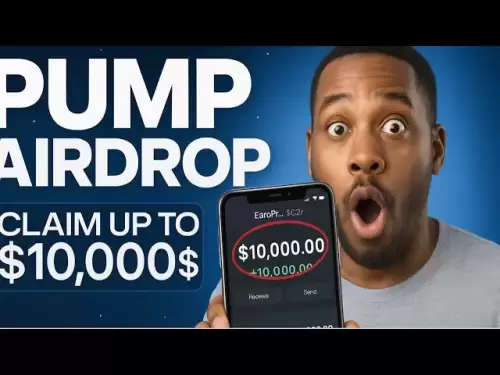-
 Bitcoin
Bitcoin $117500
2.04% -
 Ethereum
Ethereum $3759
3.02% -
 XRP
XRP $3.171
3.30% -
 Tether USDt
Tether USDt $1.000
0.03% -
 BNB
BNB $782.4
2.52% -
 Solana
Solana $187.2
5.62% -
 USDC
USDC $0.0000
0.02% -
 Dogecoin
Dogecoin $0.2380
5.26% -
 TRON
TRON $0.3175
1.07% -
 Cardano
Cardano $0.8227
4.03% -
 Hyperliquid
Hyperliquid $44.50
5.44% -
 Sui
Sui $4.020
10.07% -
 Stellar
Stellar $0.4396
6.28% -
 Chainlink
Chainlink $18.32
4.55% -
 Hedera
Hedera $0.2628
10.71% -
 Bitcoin Cash
Bitcoin Cash $554.8
4.90% -
 Avalanche
Avalanche $24.20
4.60% -
 Litecoin
Litecoin $113.7
2.31% -
 Shiba Inu
Shiba Inu $0.00001413
5.99% -
 UNUS SED LEO
UNUS SED LEO $8.984
0.11% -
 Toncoin
Toncoin $3.326
7.22% -
 Ethena USDe
Ethena USDe $1.001
0.00% -
 Uniswap
Uniswap $10.49
4.56% -
 Polkadot
Polkadot $4.092
4.02% -
 Monero
Monero $326.6
1.30% -
 Dai
Dai $1.000
-0.01% -
 Bitget Token
Bitget Token $4.570
2.49% -
 Pepe
Pepe $0.00001267
5.10% -
 Aave
Aave $297.3
3.10% -
 Cronos
Cronos $0.1344
4.10%
Understanding KuCoin Futures order types
KuCoin Futures offers versatile order types like Limit, Market, Stop-Limit, and Take Profit/Stop Loss to help traders manage risk and execute strategies effectively in volatile markets.
Jul 26, 2025 at 06:35 am
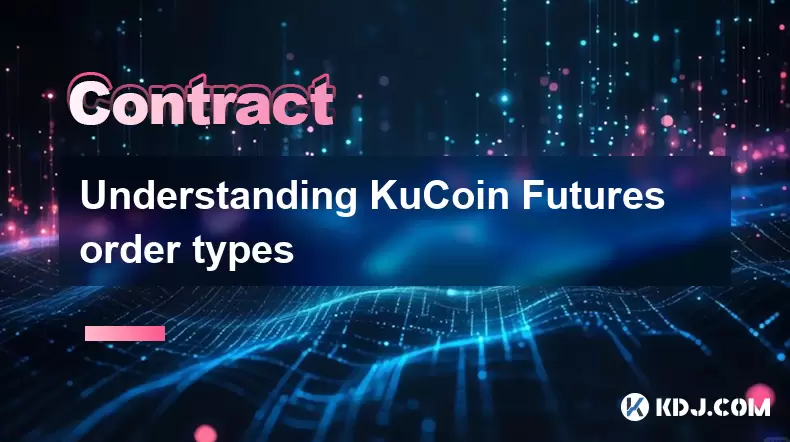
What Are KuCoin Futures Order Types?
KuCoin Futures offers several order types that allow traders to enter and exit positions with precision. Each order type serves a unique purpose depending on market conditions and trading strategy. Understanding these options helps users manage risk, optimize entry and exit points, and execute trades efficiently. The most commonly used types include Limit Order, Market Order, Stop-Limit Order, Stop-Market Order, and Take Profit/Loss Order. These tools are essential for both beginners and advanced traders navigating the volatile crypto derivatives market.
How to Place a Limit Order on KuCoin Futures
A Limit Order allows you to set a specific price at which you want to buy or sell a futures contract. This gives you full control over execution price but not timing—your order fills only when the market reaches your specified price.
- Log into your KuCoin account and navigate to the Futures section.
- Select the desired trading pair (e.g., BTC/USDT).
- Choose Limit from the order type dropdown menu.
- Enter the price at which you wish to execute the trade.
- Input the quantity of contracts or base asset.
- Confirm whether you are opening a long or short position.
- Click Buy/Long or Sell/Short to submit the order.
Your order will appear in the order book until matched. If the market never hits your set price, the order remains open indefinitely unless canceled manually.Executing a Market Order: Speed Over Precision
A Market Order executes immediately at the best available price in the market. This type guarantees execution but not price—slippage may occur during high volatility. - Go to the KuCoin Futures interface.
- Pick the futures contract you want to trade.
- Select Market as the order type.
- Specify the quantity you wish to buy or sell.
- Review the estimated execution price shown before placing the order.
- Click Buy/Long or Sell/Short.
This order type is ideal for traders who prioritize immediate entry or exit over exact pricing, such as during news events or rapid trend shifts.Using Stop-Limit Orders for Controlled Risk Management
A Stop-Limit Order combines a stop price and a limit price. Once the stop price is reached, a limit order is triggered at the specified limit price. This prevents slippage while ensuring the trade activates only after a certain threshold. - In the Futures trading panel, choose Stop-Limit.
- Set the stop price—the trigger point for the order.
- Define the limit price—the actual execution price once triggered.
- Enter the contract size or asset amount.
- Select direction (long or short).
- Submit the order.
This is especially useful for setting entry points below resistance or above support levels without constant monitoring.Setting Stop-Market Orders to Automate Exits
A Stop-Market Order becomes a market order once the stop price is hit. Unlike Stop-Limit, it guarantees execution but not price. This is commonly used for stop-loss purposes. - Choose Stop-Market from the order type options.
- Input the stop price where you want the market order to activate.
- Specify the quantity to be sold or bought.
- Decide if it’s a long or short position closure.
- Click Place Order.
This order type ensures your position closes even in fast-moving markets, minimizing potential losses when prices move sharply against you.Take Profit and Stop Loss: Built-in Risk Tools
KuCoin Futures allows you to set Take Profit (TP) and Stop Loss (SL) orders simultaneously when placing a new position. These are conditional orders that execute once the price reaches your predefined levels. - After entering a position, locate the TP/SL section.
- For Take Profit, enter the target price where you want to lock in gains.
- For Stop Loss, input the price level where you want to cut losses.
- Choose whether each is a Market or Limit order.
- Confirm and activate.
These tools are vital for disciplined trading, helping avoid emotional decisions during volatile price swings.Frequently Asked Questions
Can I modify a Stop-Limit order after placing it on KuCoin Futures?
Yes. Go to the "Open Orders" tab in the Futures section, locate the order, and click "Edit." You can adjust the stop price or limit price, but the order must still be active (not triggered).What happens if my Stop-Limit order is triggered but no one matches my limit price?
If the market moves past your stop price but doesn’t reach your limit price, the order will remain unfilled. This could leave your position exposed if the market continues moving away from your intended exit point.Is there a fee difference between Market and Limit orders on KuCoin Futures?
Yes. Limit orders are considered "makers" and typically have lower fees (sometimes negative maker fees during promotions). Market orders are "takers" and incur higher fees. Check the fee schedule under "Fees" in your KuCoin Futures dashboard.Do Take Profit and Stop Loss orders work when I’m logged out?
Yes. These are server-side orders. Once set, they remain active on KuCoin’s system regardless of your login status or device connectivity.
Disclaimer:info@kdj.com
The information provided is not trading advice. kdj.com does not assume any responsibility for any investments made based on the information provided in this article. Cryptocurrencies are highly volatile and it is highly recommended that you invest with caution after thorough research!
If you believe that the content used on this website infringes your copyright, please contact us immediately (info@kdj.com) and we will delete it promptly.
- Pi Coin, Wallet Features, and Coinbase: What's the Buzz?
- 2025-07-26 18:30:12
- Worldcoin, Punisher Coin, and the Meme Coin Mania: What's the Haps?
- 2025-07-26 18:30:12
- Conviction, Justice System, and Murders: A Look at Recent Cases and Shifting Perspectives
- 2025-07-26 18:50:11
- Shiba Inu, Remittix, and the Market Surge: What's the Hype?
- 2025-07-26 19:10:12
- Cardano Price, ADA Holders, and Leadership Criticism: What's the Real Deal?
- 2025-07-26 19:30:12
- MicroStrategy, Bitcoin, and XRP Whale Dumps: What's the Deal?
- 2025-07-26 19:30:12
Related knowledge

Why is my Bitstamp futures position being liquidated?
Jul 23,2025 at 11:08am
Understanding Futures Liquidation on BitstampFutures trading on Bitstamp involves borrowing funds to open leveraged positions, which amplifies both po...

Does Bitstamp offer inverse contracts?
Jul 23,2025 at 01:28pm
Understanding Inverse Contracts in Cryptocurrency TradingIn the realm of cryptocurrency derivatives, inverse contracts are a specific type of futures ...

How to find your Bitstamp futures trade history?
Jul 23,2025 at 08:07am
Understanding Bitstamp and Futures Trading AvailabilityAs of the current state of Bitstamp’s service offerings, it is critical to clarify that Bitstam...

Can I use a trailing stop on Bitstamp futures?
Jul 23,2025 at 01:42pm
Understanding Trailing Stops in Cryptocurrency TradingA trailing stop is a dynamic type of stop-loss order that adjusts automatically as the price of ...

Can I use a trailing stop on Bitstamp futures?
Jul 25,2025 at 02:28am
Understanding Trailing Stops in Cryptocurrency Futures TradingA trailing stop is a dynamic type of stop-loss order that adjusts automatically as the m...
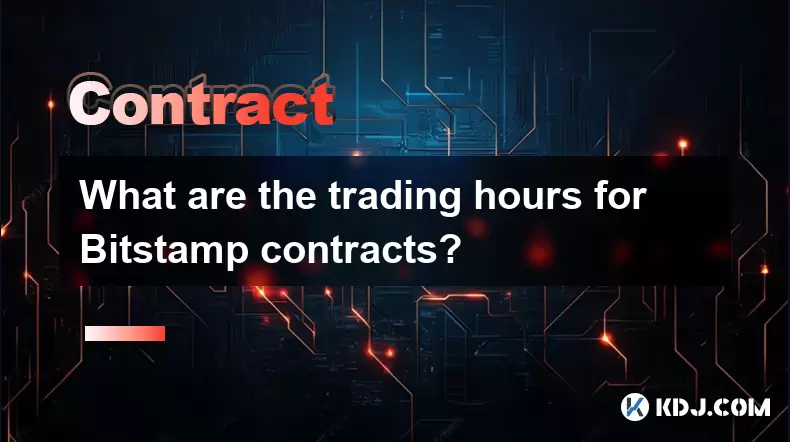
What are the trading hours for Bitstamp contracts?
Jul 24,2025 at 11:56am
Understanding Bitstamp and Contract Trading AvailabilityBitstamp is one of the longest-standing cryptocurrency exchanges, established in 2011 and head...

Why is my Bitstamp futures position being liquidated?
Jul 23,2025 at 11:08am
Understanding Futures Liquidation on BitstampFutures trading on Bitstamp involves borrowing funds to open leveraged positions, which amplifies both po...

Does Bitstamp offer inverse contracts?
Jul 23,2025 at 01:28pm
Understanding Inverse Contracts in Cryptocurrency TradingIn the realm of cryptocurrency derivatives, inverse contracts are a specific type of futures ...

How to find your Bitstamp futures trade history?
Jul 23,2025 at 08:07am
Understanding Bitstamp and Futures Trading AvailabilityAs of the current state of Bitstamp’s service offerings, it is critical to clarify that Bitstam...

Can I use a trailing stop on Bitstamp futures?
Jul 23,2025 at 01:42pm
Understanding Trailing Stops in Cryptocurrency TradingA trailing stop is a dynamic type of stop-loss order that adjusts automatically as the price of ...

Can I use a trailing stop on Bitstamp futures?
Jul 25,2025 at 02:28am
Understanding Trailing Stops in Cryptocurrency Futures TradingA trailing stop is a dynamic type of stop-loss order that adjusts automatically as the m...

What are the trading hours for Bitstamp contracts?
Jul 24,2025 at 11:56am
Understanding Bitstamp and Contract Trading AvailabilityBitstamp is one of the longest-standing cryptocurrency exchanges, established in 2011 and head...
See all articles





















